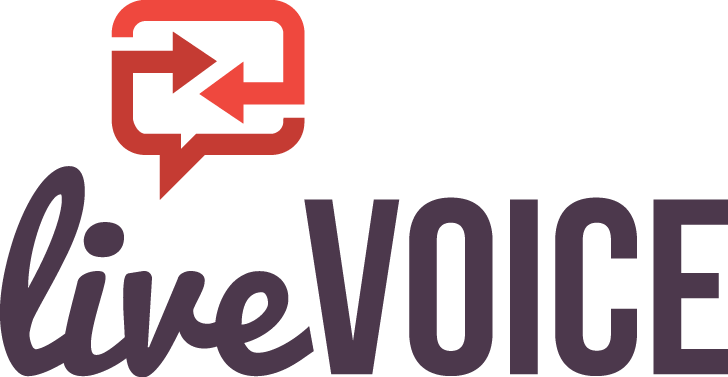Category: Lead Response
Don’t Ruin Marketing Campaign Effectiveness with a Lackluster Lead Response
A timely response to leads is critical to maximize advertising investment
Leads are expensive to generate. For B2C marketing the cost per lead generated ranges from $2 to $25 per lead. Even more astounding, in the B2B space, leads cost companies from $30 to as high as $200 per lead. While astute marketers know these numbers well, what they don’t realize is that many of these leads are squandered through poor lead response follow-up.
“Delayed responses are bad enough,” says Adam Berkson, president of LiveVoice, a leading provider of lead response services. He knows what he’s talking about, having built a business around successfully turning leads into sales. “But even worse are the leads that receive no response whatsoever.”
While response rate and timing won’t change the cost per lead, a solid lead response protocol will dramatically affect the number of leads closed and the associated cost per closed sale. “A two-fold improvement is not unexpected,” Berkson adds. “I’ve seen it over and over.
All it takes is a well-conceived plan and a consistent commitment to work the plan.” This is the cornerstone philosophy of what makes Live Voice’s lead response service a hit among its clients. Consider these recent findings in a poll of sales and marketing executives:
No Response:
Forty percent did not respond to the lead. Not ever. “It’s like throwing away four out of every ten leads. No reasonable person would ever consider such a thing,” says Patricia Totton, CEO of TeleServices Direct, a worldwide provider of outsource call center services. “But that’s effectively what happens when salespeople don’t follow up.”
Slow Median Response:
The median time for a first response reported by this group was four hours and eight minutes. While this may seem acceptable, four hours is an eternity in Internet time, which is how a majority of today’s leads are generated. “Median is a statistical term which looks at the centrality of a dataset,” explains Berkson. “This means that half of the responses were faster than the median time and half were slower.”
Even Slower Average Response:
Even more shocking is the average lead response time at forty hours and fifty-six minutes. This is almost ten times longer than the median. “Average also is a gauge of centrality,” Berkson adds. “In a perfectly distributed sample, the median and average would coincide. The significant difference in this case is likely from some extreme outliers that took an inordinate amount of time to make their first call.”
Most Fall Far Short:
Of the five thousand companies surveyed, only thirty-eight companies met the current leading edge goal of a five-minute response rate. “This is less than 1 percent, which is a dismal showing,” says Berkson. “Ironically we no longer consider a five-minute lead response rate as best practice. Our goal is to slash that to one minute. We intend to call a lead within sixty seconds of them clicking on the submit button.” The reasoning behind this speedy response is to call them before they can mentally shift to another project. “When we can do this, the chance of closing the sale jumps dramatically.”
As Berkson says, the key is to have a strategic lead response protocol and to work that system without fail. “That’s how Live Voice excels in our lead response service.”
LiveVoice understands how important every call is to your business. Contact them about customizing their flexible, premium phone support service so you can turn opportunity into profit.
Peter DeHaan, PhD, is a freelance writer, call center authority, and publisher of Connections Magazine, which covers the call center industry.



